Finally we look at this English book version of English book 3 " The memoirs of Cardinal de Retz"
Jean François Paul de Gondi, cardinal de Retz (September 29, 1613 – August 24, 1679) was a French churchman, writer of memoirs, and agitator in the Fronde.
The Florentine banking family of the Gondi had been introduced into France by Catherine de' Medici; Catherine offered Jérome (Girolamo) de Gondi in 1573 the château that he made the nucleus of the Château de Saint-Cloud; his hôtel in the Faubourg Saint-Germain of Paris became the Hôtel de Condé in the following generation. The Gondi acquired great estates in Brittany and became connected with the noblest houses of the kingdom.
Retz received no preferment of importance during Cardinal Richelieu's life. Even after the minister's death, though he was presented to Louis XIII and well received, he found difficulty in attaining the co-adjutorship with reversion of the archbishopric of Paris. But almost immediately after the king's death, Anne of Austria appointed him to the coveted post on All Saints Eve, 1643. Retz, who had, according to some accounts, already plotted against Richelieu, set himself to work to make the utmost political capital out of his position. His uncle had lived in great seclusion; Retz, on the contrary, gradually acquired a very great influence with the populace of the city. This influence he gradually turned against Cardinal Mazarin, which helped lead to the outbreak of the Fronde in October 1648.[2]
Of the two parties who joined the Fronde, Retz could only depend on the bourgeoisie of Paris. He had some speculative tendencies in favour of popular liberties, and even perhaps of republicanism, but represented no real political principle, which inevitably weakened his position. When the breakup of the Fronde came he was left in the lurch, having more than once been in no small danger from his own party. However, because of a misapprehension on the part of Pope Innocent X, he had been made cardinal.
In 1652, he was arrested and imprisoned, first at Vincennes, then at Nantes; he escaped after two years, and traveled through Europe. He went to Rome more than once, and helped elect Pope Alexander VII. In 1662, Louis XIV received him back into favor, and asked him to formally serve as envoy to Rome several times. In order for this reconciliation to occur, he resigned his claims to the archbishopric of Paris. He was appointed abbot of St-Denis, and restored to his other benefices with the payment of arrears.
View attachment 1297626
View attachment 1297627
The last seventeen years of Retz's life were passed partly in his diplomatic duties (he was again in Rome at the papal conclaves of 1667 and 1669, partly in Paris, partly at his estate of Cornmercy, but mostly at St. Mihiel in Lorraine. His debts were enormous, and in 1675 he made over to his creditors all his income except twenty thousand livres, and, as he said, to "live for" them. He did not succeed in living very long, however, for he died at Paris on 24 August 1679. During these last years he corresponded with Madame de Sévigné, a relative by marriage.
View attachment 1297628
During the last ten years of his life, Retz wrote his Memoirs, which go up to the year 1655. They are addressed in the form of narrative to a lady who is not known, though guesses have been made at her identity, some even suggesting Madame de Sévigné herself. In the beginning there are some gaps. They are known for their narrative skill and the verbal portraits of their characters. Alexandre Dumas, père drew heavily on the Memoirs for Vingt ans après. Besides these memoirs and the youthful essay of the Conjuration de Fiesque, Retz has left diplomatic papers, sermons, Mazarinades and correspondence.
Retz and François de La Rochefoucauld, the greatest of the Frondeurs in literary genius, were personal and political enemies, and each left a portrait of the other. De la Rochefoucauld wrote of Retz: "Il a suscité les plus grands désordres dans l'état sans avoir un dessein formé de s'en prévaloir." (He caused the greatest disorder to the State, without having formed a plan of how he would prevail).
The Memoirs of the cardinal de Retz were first published in a very imperfect condition in 1717. The first satisfactory edition appeared in the twenty-fourth volume of the collection of Joseph François Michaud and Jean Joseph François Poujoulat (Paris, 1836). In 1870 a complete edition of the works of Retz was begun by Alphonse Feillet in the collection of Grands Ecrivains.
Are these 3 books a clue or incidental objects found in the cave/ We do no know for sure at this stage.
However as you can see for this little exercise we have extracted much information to have a much better idea of the source of this alleged treasure. the key aspect is the last players in this story as evience point to wealth perhaps taken from a prominent family in Plymouth during the American War of Independence.
The key is if we can confirm the family connection of Heywards and the family descendants of Stewards? That we might just uncover very interesting document in regards to hidden treasure from the American War of Independence.
How cool is that?
Amy

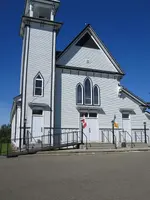
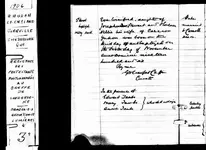
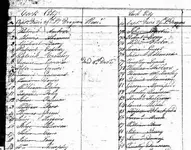
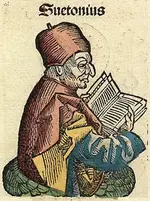
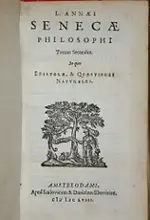
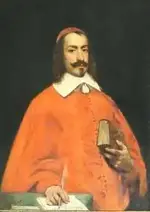

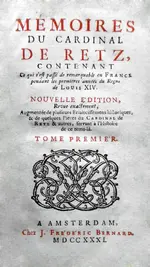






 Heres to a long, happy, married life., I've had 58 years so far, going for 90..
Heres to a long, happy, married life., I've had 58 years so far, going for 90..